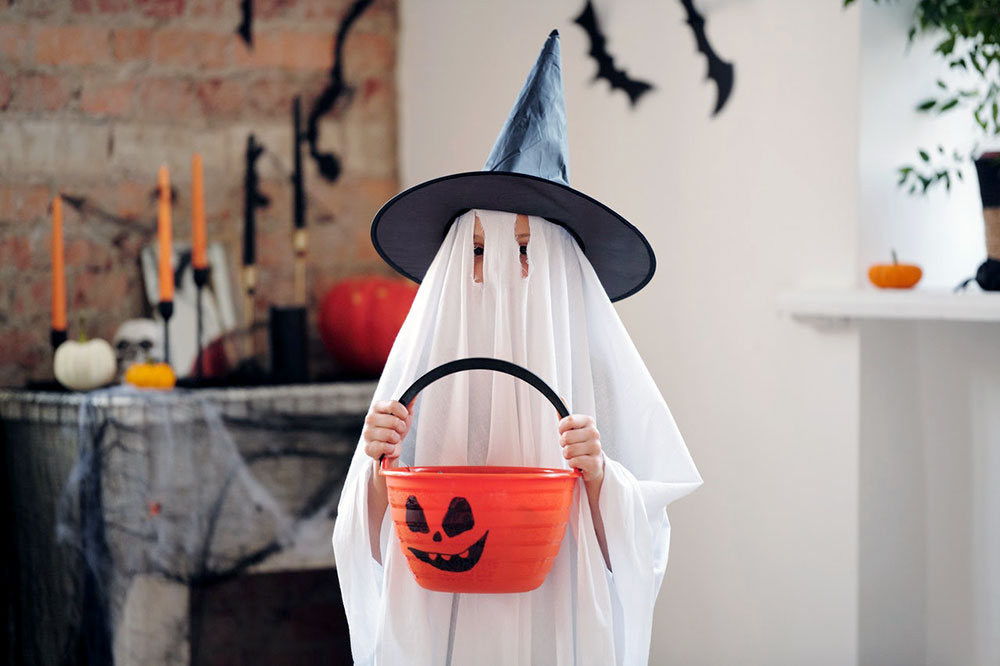
Halloween is almost here, and everyone knows that there can be lots of fun with costumes, parties, and trick or treaters. A favorite pastime for children for generations is going from door to door in outlandish costumes to collect candy. However, in the middle of the seasonal festivities, fear and trepidation can lurk, especially for parents with children with hearing impairments. While events and parties can be monitored and somewhat controlled, many unknowns still raise concerns about safety for those suffering from hearing loss. Fortunately, there are good practices, such as our Halloween safety tips below, that can help protect your kids and help ensure the night is fun for all.
Almost every kid loves Halloween and will count the days until it arrives, dreaming of their favorite costume and hoping for a mountain of candy on that special night. Children with hearing loss are no different and need a little extra consideration to make sure they also have a fun and safe experience. Check out these essential Halloween safety tips to ensure a safe and memorable Hallowwen for those that are hard of hearing.